Innovation through people, processes and technology
You might have heard of Sotech, a longstanding manufacturing company based across two production facilities totalling 65,000sqft in the quiet town of Peterlee in the North East. Accounting for their breadth of clients across the UK, Sotech also has offices and a showroom in central London.

Today, I find myself in the busy North East factory, home to a 60+ strong team who work tirelessly to design, advise, engineer and manufacture an unrivalled range of fully-tested rainscreen façades systems.
From flat edge systems with a ‘floating’ appearance to their standard secret fix and through fix rainscreen systems, Sotech also offers eye catching extrusions that can be customised to meet specifiers design requirements.
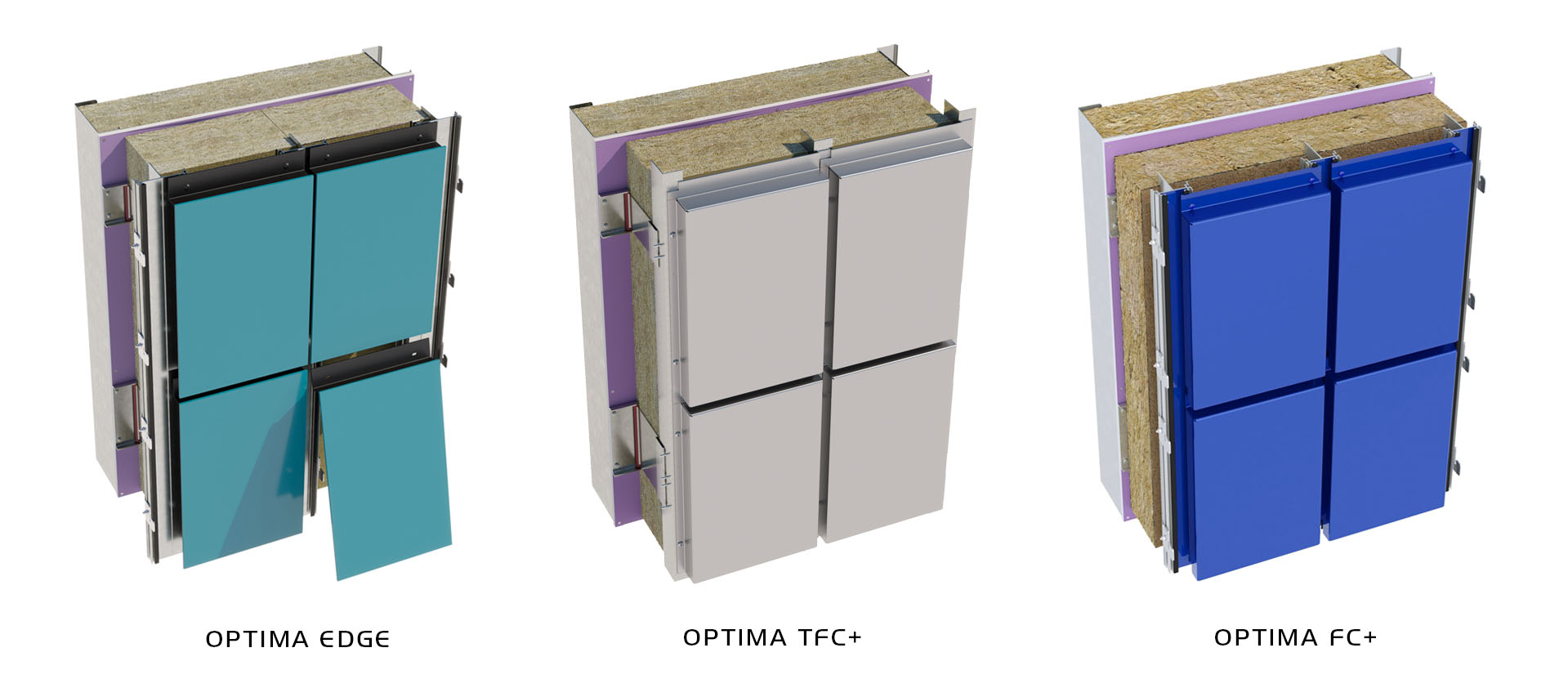
“We have a standard range of rainscreen cladding systems,” says Claire Ryan – my host and guide for the day, “but we do find a lot of architects and designers asking for bespoke systems. Our team of experts are on hand to provide advice, solutions and recommendations because we care about the detail.”
I guess this is what is immediately obvious but also curiously surprising about the brand – they have standard systems and they work in a heavily regulated industry when it comes to safety and fire ratings, but there is an energy of innovation and growth at work behind the scenes. You can see in their daily chatter and friendly challenges as much as you can see it in the bigger inventions that are the talk of the industry.
In this article, we go behind the scenes and catch up with key members of the Sotech team to lift the lid on the innovations that are changing the industry from the inside out. Let’s take each one in turn.
Technology and Machines
One of the first things I notice in the Sotech offices is their shiny new ‘VR Suite’, complete with a top of the range VR headset, TV monitors for onlookers and two hand-held remotes to transport the user into their virtual immersive world. This room is truly dedicated to virtual reality.
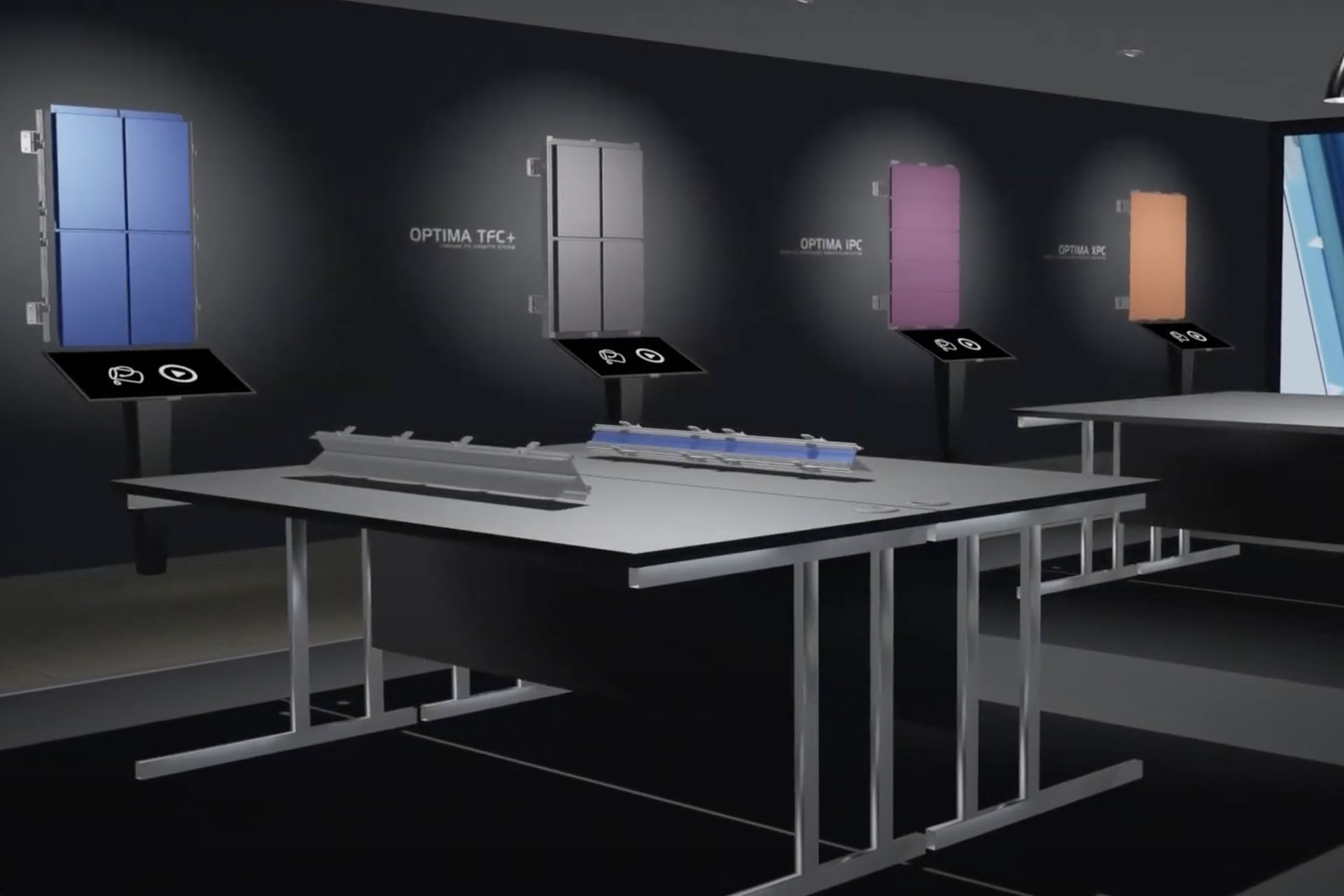
As Product Development Manager Lee Gravett explains: “It wasn’t just lockdown that showed us how important ‘online’ and ‘virtual’ solutions were in the manufacturing industry. We’ve realised from decades of work in architecture and design that collaboration is key. The architect has the vision and we have the technology. When you bring both parts of the equation together you can really get to work on the solution to bring that aesthetic to life.”
Looking at the VR suite, it’s clear that the design team at Sotech has ‘gone to town’, creating a fully-fledged ‘digital city’. Architects and designers can now step into the virtual ‘city’ and visualise how Sotech’s rainscreen would appear on a low-level building with horizontal panels and a high rise building with vertical panels. The team have even made it possible to change the time of day and weather conditions to give a full appreciation of how the systems will look in different environments. That’s care and attention to the details!
There is also a virtual showroom, with their full range of systems mounted on the virtual wall. Here, I can learn about the systems and testing history, select and remove a system from the wall to examine it up close, and change the material and finish on any given rainscreen systems. It’s incredible! And a little shocking – technology really is breaching the real world!
Lee explains that early collaboration, using tools like virtual reality, helps decision makers to select a rainscreen system, material and finish for their specification requirements.
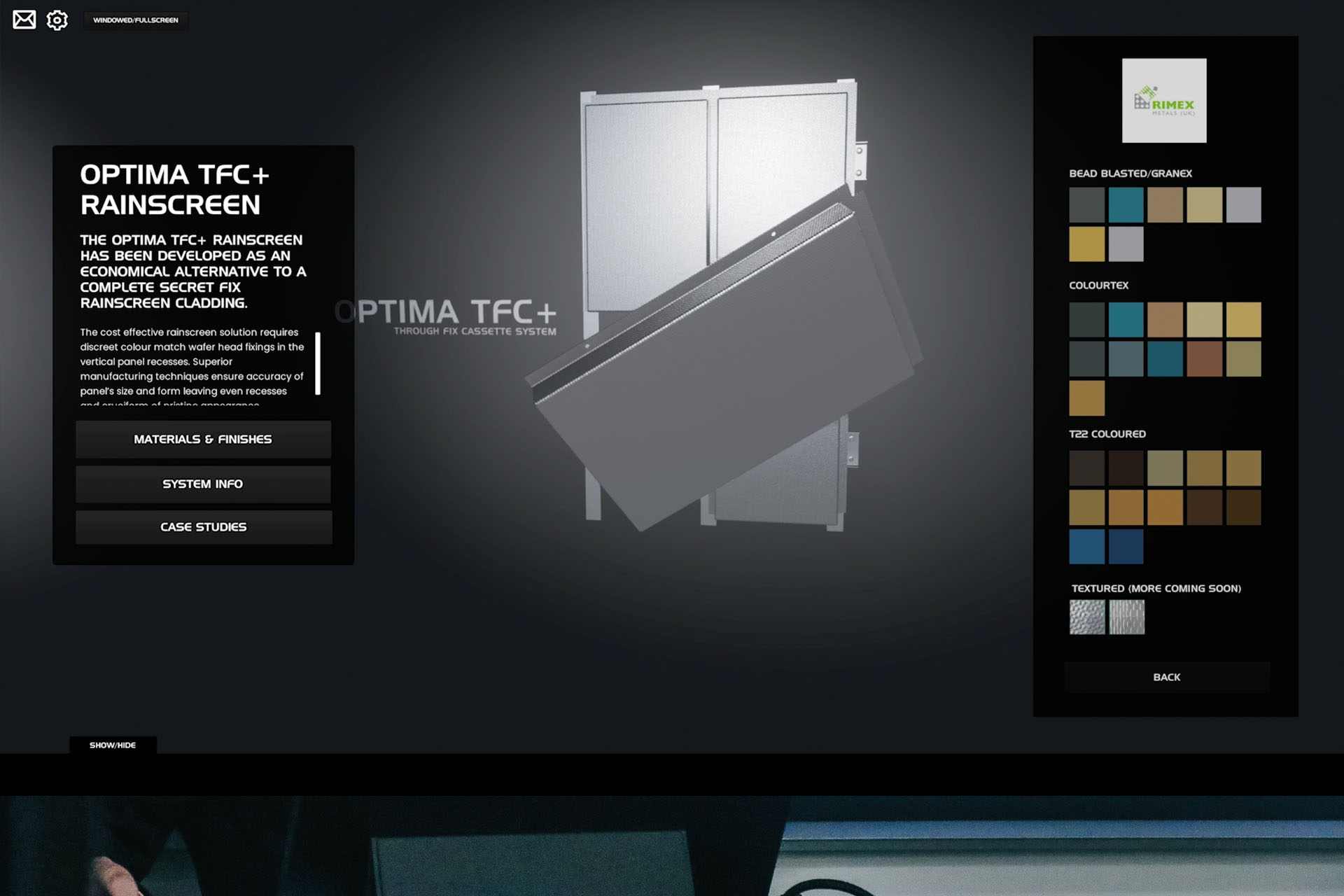
Lee adds: “We love providing innovative solutions to niche problems, but it’s not always necessary. With the full range of Optima systems, we can almost always find a system that hits the brief. This helps to contain costs, especially when we’re talking about such huge projects. But when a specifier has their heart and mind set on a final look, with a specific system, it can mean extra investment to make bespoke adaptions. Talking to our team early in the process can avoid added cost, and lost time. This is where VR, 3D modelling and even good old-fashioned conversations come into play.”
Claire tells me that the next stage of the VR development is installation training: “a big challenge in the construction sector is concerns around health and safety and how the lack of trained employees can result in poor installation of rainscreen systems. The installation training will provide installers and main contractors step by step training of how to safely install Optima rainscreen.”
The VR is pretty cool, and I’m a little shocked by how realistic the virtual host, Will, is – but it doesn’t stop there. Enter Michael Kelly!
Michael has been working at Sotech for four years. I ask Michael what he does.
“I’m the Digital Transformation Lead at Sotech. We look after first line IT systems and staff I am also involved heavily in digitisation and helping the company towards industry 4.0. We use Microsoft Power Platform to create apps and dashboards tools for visibility across the company.”
Taking a tour of the shop floor later that day, I spot dashboards around each work section mounted about eight feet in air. They show a snapshot of output, volume, progress, and throughput for that part of the factory.
Claire, my host for the day, manages the marketing team in Sotech and prompts Michael about the recent ‘SAM Project’ he’s been running across the business.
“No two days are the same, any IT person will tell you that,” Michael laughs as he says it, “but recently we’ve been working on something very interesting that has improved processes, cut footfall and even led to a change on our factory floor layout”.
Michael goes on to explain ‘The Sam Project’.
SAM stands for Sustainable Advanced Manufacturing and is focused on improving processes through technology.
Put simply: The Sotech Digital Support Team and Operations Team, in conjunction with the SAM team at Sunderland University, analysed every machine on the Sotech factory floor to see how effective the current layout and processes were for output.
Using the data, which included run times, footfall and output, the team decided to move key machines on the factory floor to create more of a ‘process flow’, similar to the automotive industry, instead of a group of similar machines.
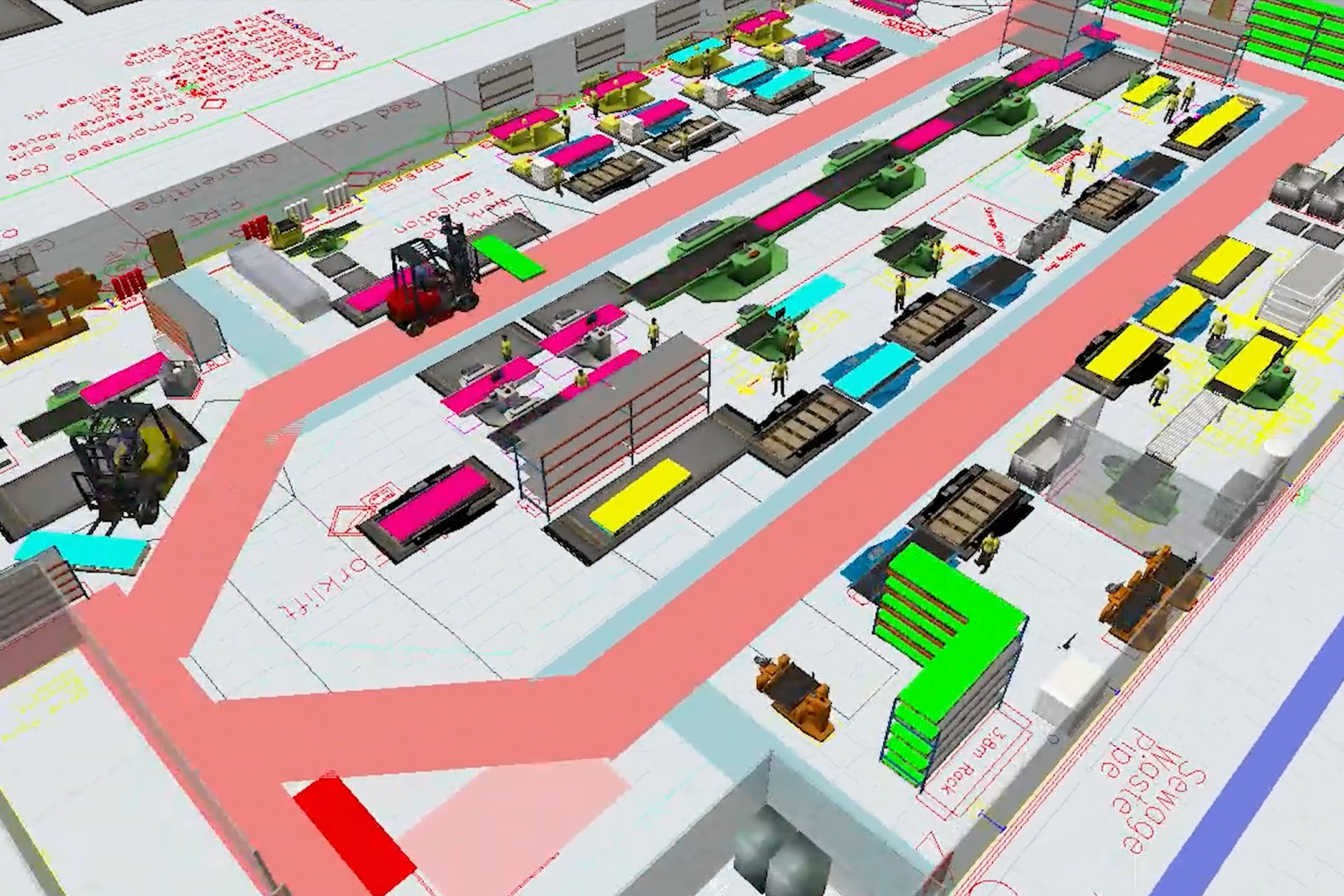
“An example move,” stated Michael, “was to split and move the fabrication bays so they sat next to the cutting resources and press machines. Now, everything flows in sequence. It’s amazing how much it has cut footfall”.
Michael points out of the large window that overlooks the factory floor to show me the changes.
“One of the benefits is that the teams can literally see the work coming down the line. It’s on their mind. They’re starting to process the job mentally. Plus, one team can ‘hand off’ the work and explain any nuances. When the ‘bays’ were split across the factory floor, this collaboration and communication was much harder.”
Innovation and Invention
Technology plays a huge role in Sotech’s sales process and production line. But what about the human touch?
After some lunch and a spot of healing Tetley’s tea, I’m whisked upstairs to the main offices to meet Commercial Manager, Jamie Smith.
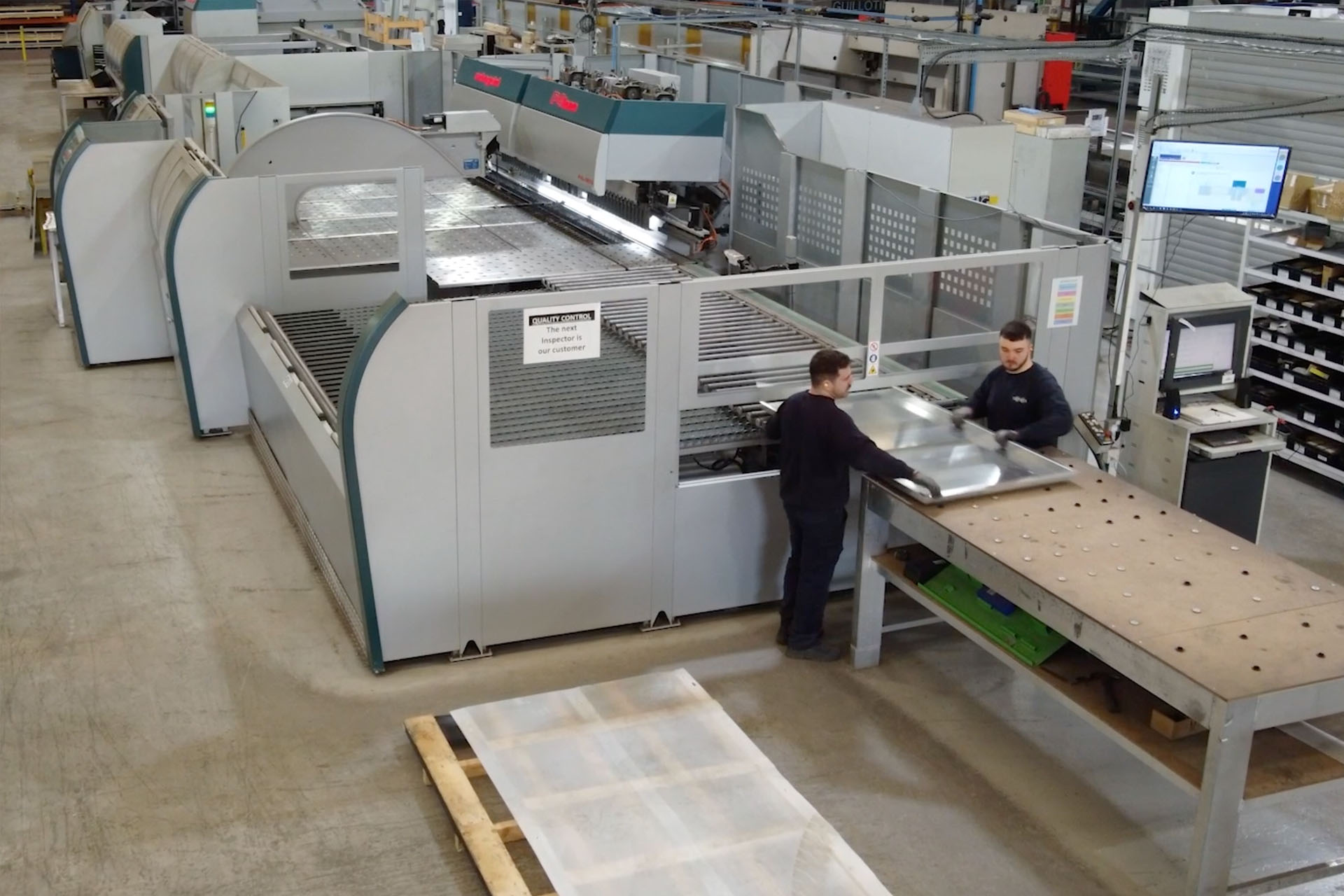
“We rely on technology for speed, accuracy and efficiency,” explains Jamie, “our top-of-the range automated full production line is able to cut and bend a huge number of panels per hour, dependant on size and type of course. But, when it comes to innovative design work, we make the most of our dedicated technical and development team.”
Sitting in the offices in front of the factory, I find the estimating team, specifications team and technical team.
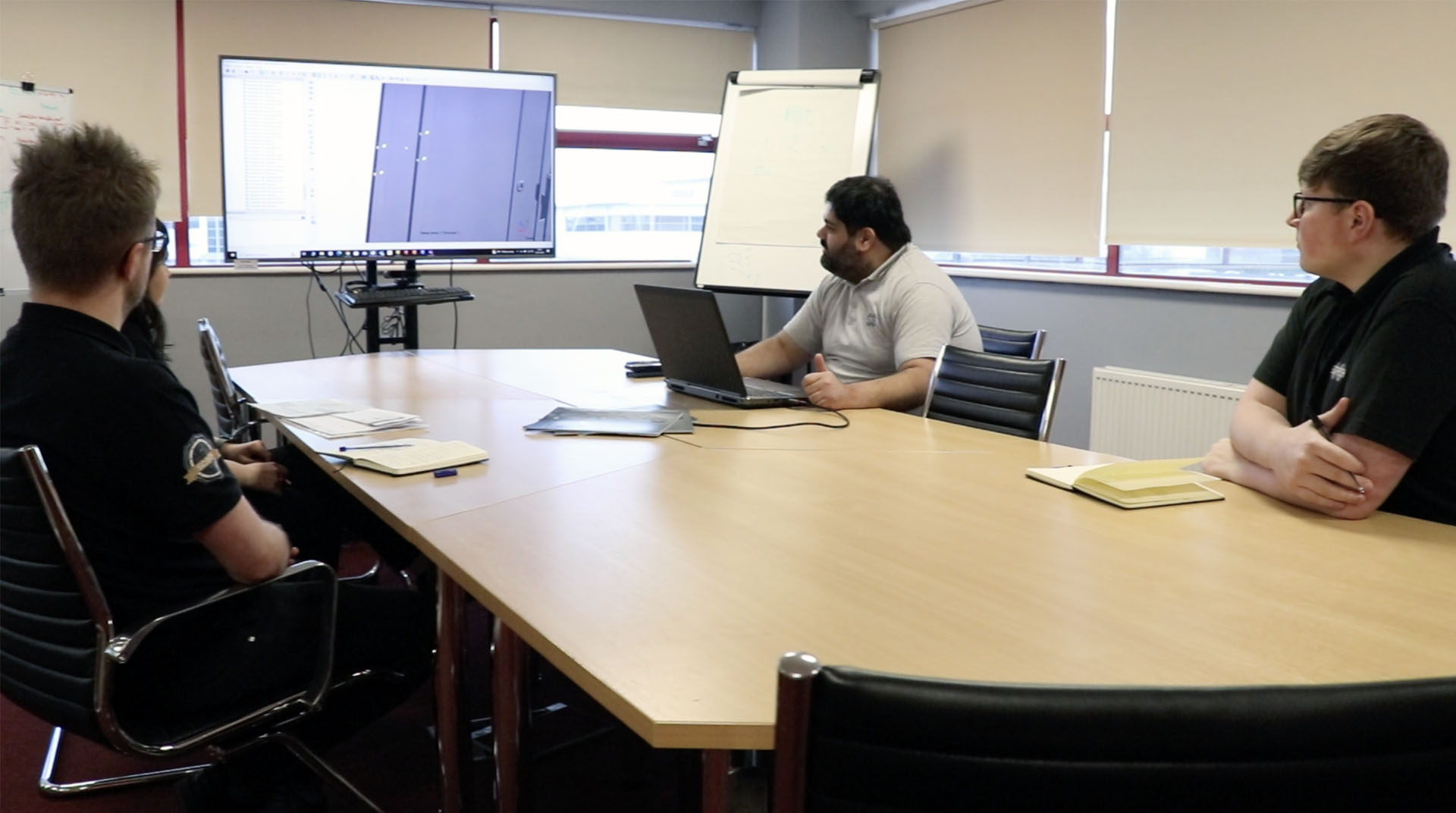
“There is a huge wealth of knowledge and experience on these desks” says Jamie, “We’re constantly speaking to customers, answering complex questions and making small (but powerful!) iterations to our systems. When we notice a change in trends or a change in regulations, we don’t sit on it – we act quickly, updating our systems or processes, arranging new tests and sometimes introducing a new system or material to market.
Back in 2021, Sotech introduced a brand-new alternative to the traditional and more expensive terracotta rainscreen solution: The Optima XTR Contour Range.
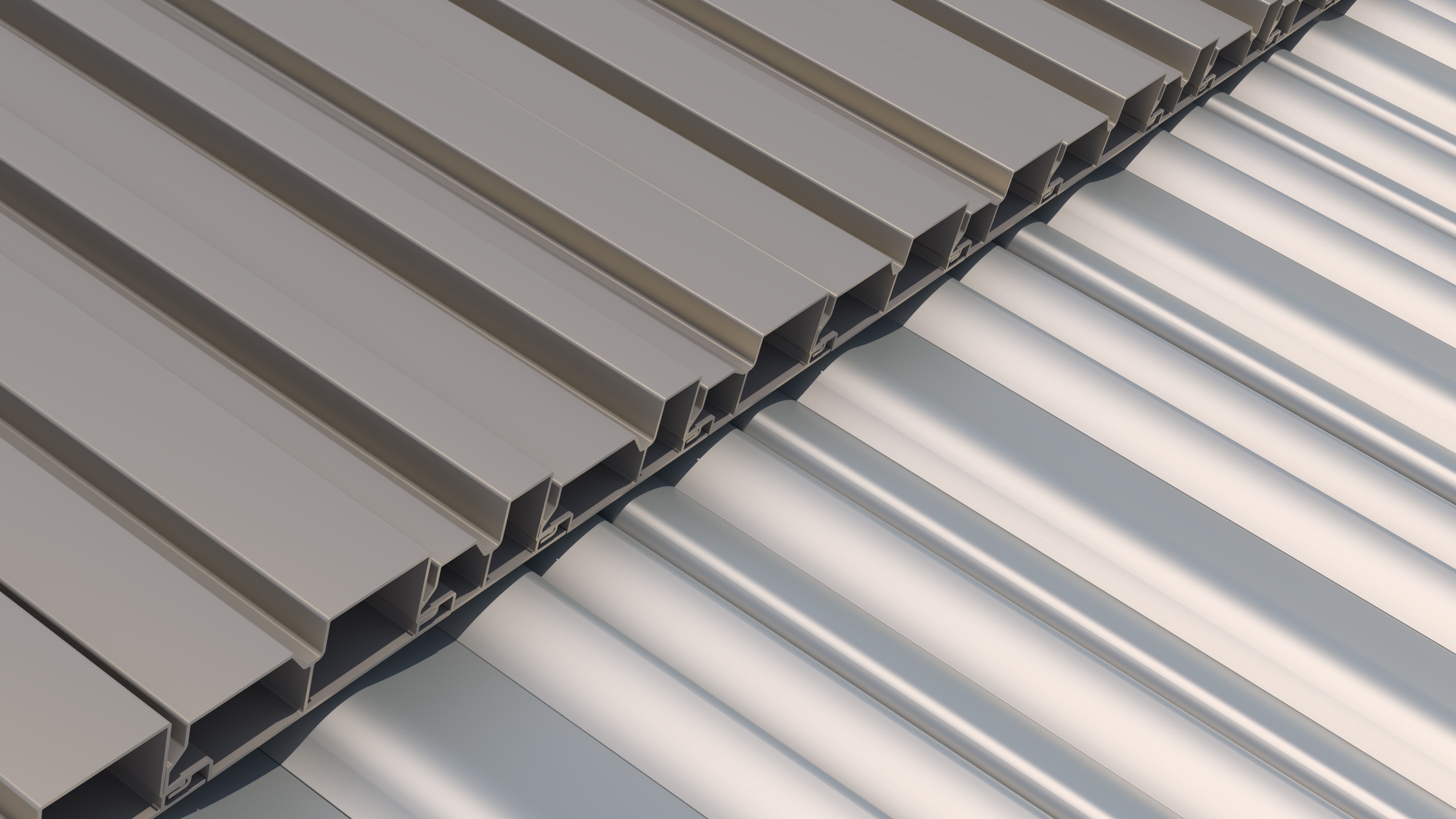
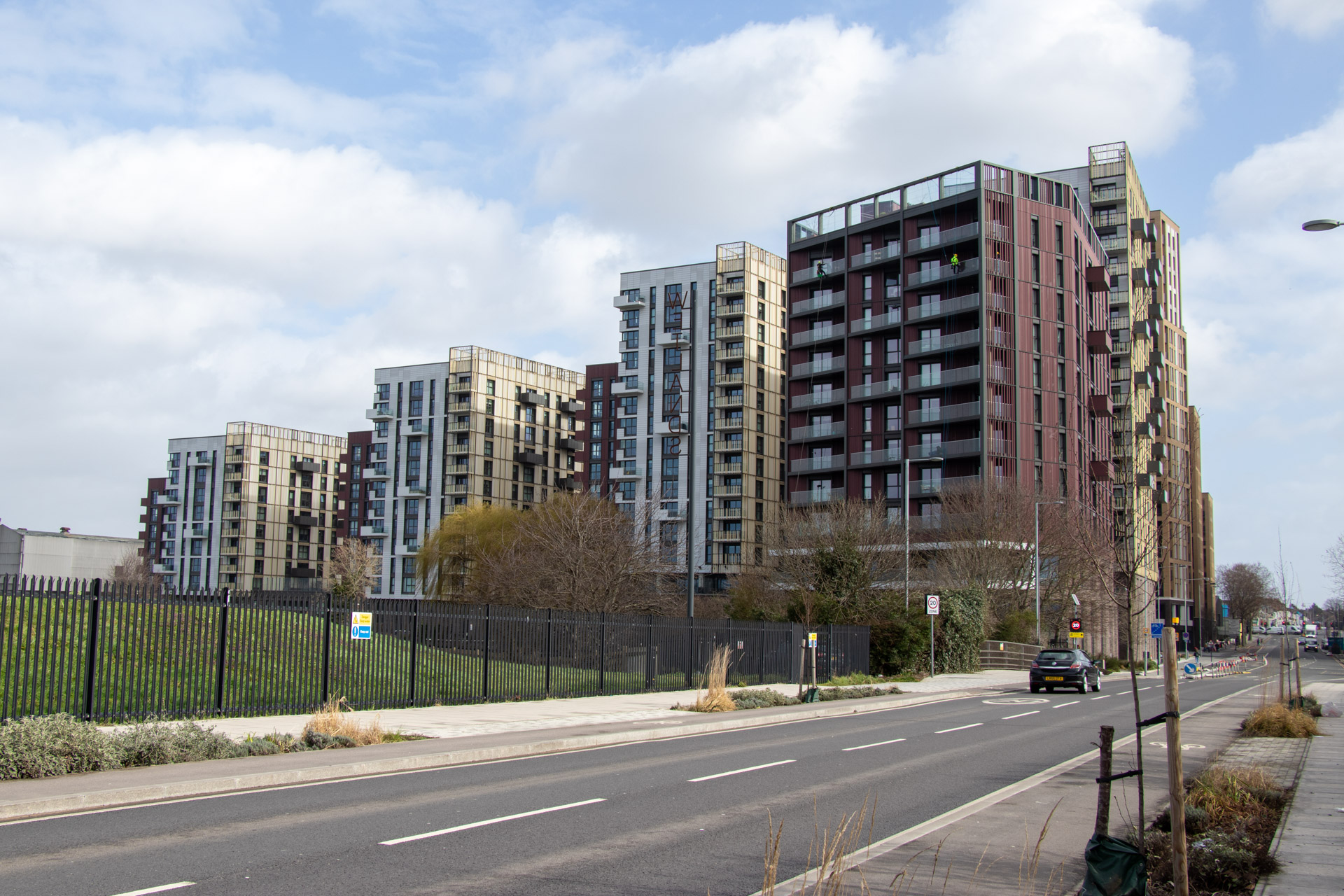
“This was a real breakthrough for our technical and engineering teams,” said Jamie, not only is this much more economical than the traditional terracotta material, it’s much more hardwearing with a faster turn-around to the natural alternative. With the incredible range of finishes available, in polyester powder coating (PPC) and anodised, you’d be hard pressed to spot the difference on a residential build or school renovation project.
Why the name – XTR Contour? I ask.
“Because of the irregular, bespoke shape. It looks ‘contoured’”, replied Jamie. “The extrusion is formed when the aluminium alloy is pushed through a die into profiles – or complex shapes – according to the specifiers vision.”
Prior to the unveiling of XTR, Sotech released a new system, brand new to the market – Optima Edge.
“Ah yes, Optima Edge”, adds Lee who, and I’m not exaggerating, is fixing new rainscreen panels to the large showroom/meeting room which overlooks the full length of the factory floor.
Lee is modernising the area to make it more comfortable and bring it up to date post-lockdown. There is a brand-new large monitor on a stand, ideal for video conferencing meetings, and four new smaller monitors mounted to the wall, showing loops of how the systems are assembled.
Lee puts down his tools, steps down from his ladder and continues: “We designed Optima Edge in lockdown in response to the needs of our customers. We kept getting questions about ‘a flat edge’ and design requests that included an almost ‘floating edge’. Eventually we said ‘We can develop this!’
“We were very excited to bring this to the market,” said Lee, “with the covid restrictions, the innovation and testing of the new product caused many challenges but we were pleased to announce, ‘We’ve done it, Optima Edge is a success!’.
Taking the very best of the FC+ system, the team made significant modifications to give the new system a floating panel appearance with a clean crisp, edge, something, I am told, is highly revered and sought after by architects in the UK market.
“We’ve actually just finished our first project using FC+. It’s the Microsoft Data Centre in The Netherlands.”
People and Processes:
There is that feeling of excitement and change in the office. You can feel it in the people, the meetings and the walls.
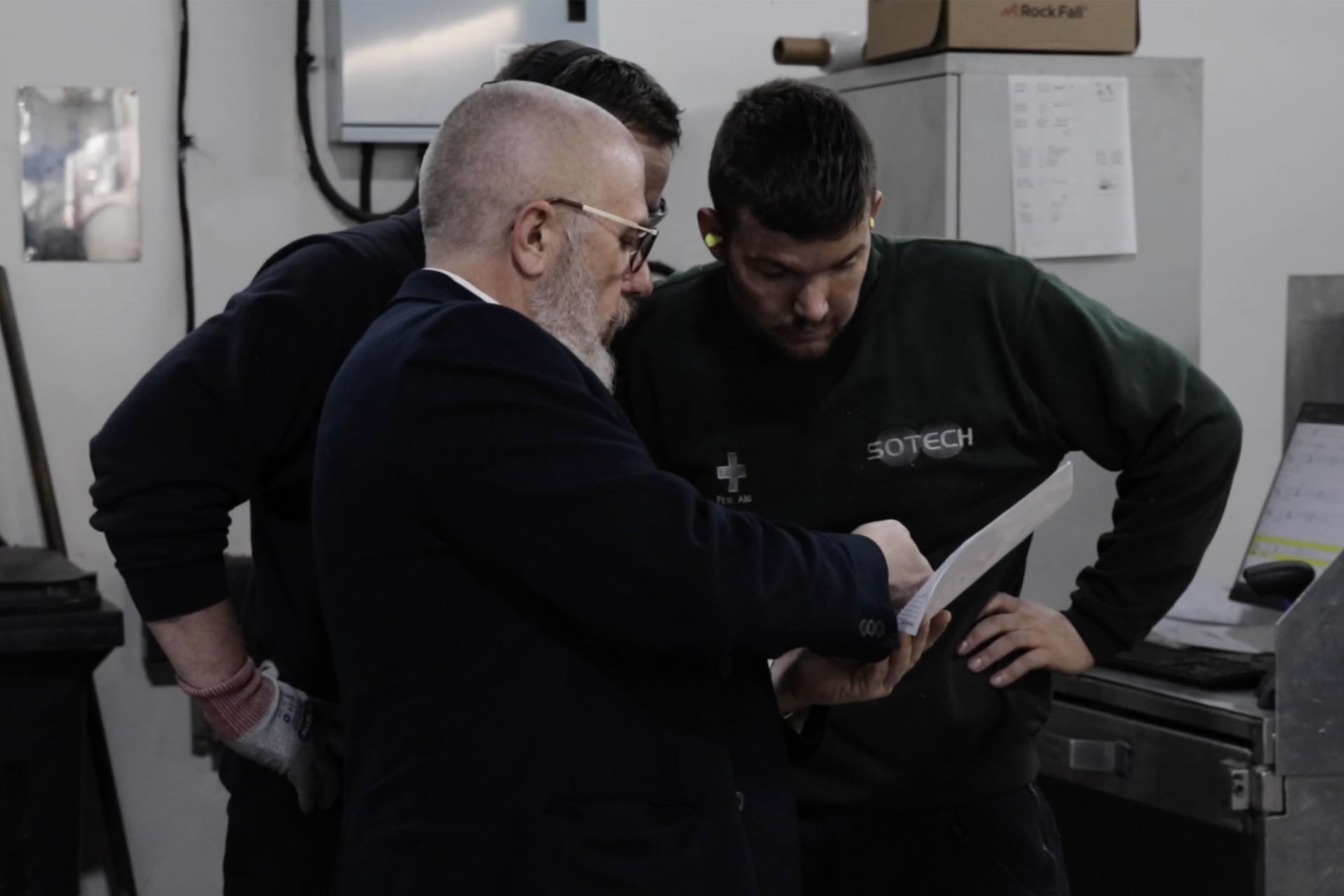
In response to this, Claire replies: “Well, we always want to stay ahead of the game. There is a lot of policy change in the industry and we welcome it as a manufacturer. We always want to be seen as a safe pair of hands, and in fact that has been our motto for the longest time.”
“What is it now?”, I interrupt.
“Safe, sustainable façade solutions”, Claire replies, “Safety and sustainability are the topics we feel are of the highest importance in the industry. All of Sotech’s rainscreen systems have been certified by CWCT for wind serviceability and safety, air permeability and water penetration. We’ve spoken a lot about our commitment to fire testing in the past, and we welcome and encourage full scale system testing too.
“Sotech are passionate about developing sustainable practices in order to assist clients, developers and architects. We want to help our customers select products that have the lightest impact on the environment and so we are working towards creating our first Environmental Product Declaration, (EPD).”
I Google it to learn that an EPD is a comprehensive report that includes a life-cycle assessment (LCA) to provide specific environmental information. In short, the report quantifies the environmental impact of a building product.
“One moment”, says Claire, and she leaves the room to bring in Sotech’s Technical Engineer, Mohammadreza Jenaban. Mo tells us:
“Sustainability has become one of the biggest challenges globally not only in the construction industry, but in every segment of life. To offer sustainable solutions we need sustainable business strategies. This means as an industry we must consider circular economy today through circular design with a greener future in mind. We need to create a change to help with our climate change through a robust adoption of low carbon technologies and tools.”
“How do we do this?”, I ask.
Mo answers: “One of the tools in construction industry that helps with selecting the most sustainable design option is called Environmental Product Declaration (EPD). At Sotech we are always seeking continuous improvements to protect our environment and natural resources so this is why we are working towards achieving a verified EPDs not just for a component but for all our rainscreen panel systems.
“These system EPDs support carbon emission reduction by making it possible to compare the impacts of different systems, materials and finishes at initial design stage. This helps the designers to compare various construction methods and options and choose the most sustainable option appropriate for their project.
“We’ve got an excellent CPD training on the topic of sustainability if readers want to learn more”.
“I guess Michael Kelly was right”, Claire says, “There is a lot happening across the company, with projects ongoing across IT, specifications, marketing, product design. It’s an amazing place to work. And no two days are the same!”
And with that, I put down my pen and we finish our tea.
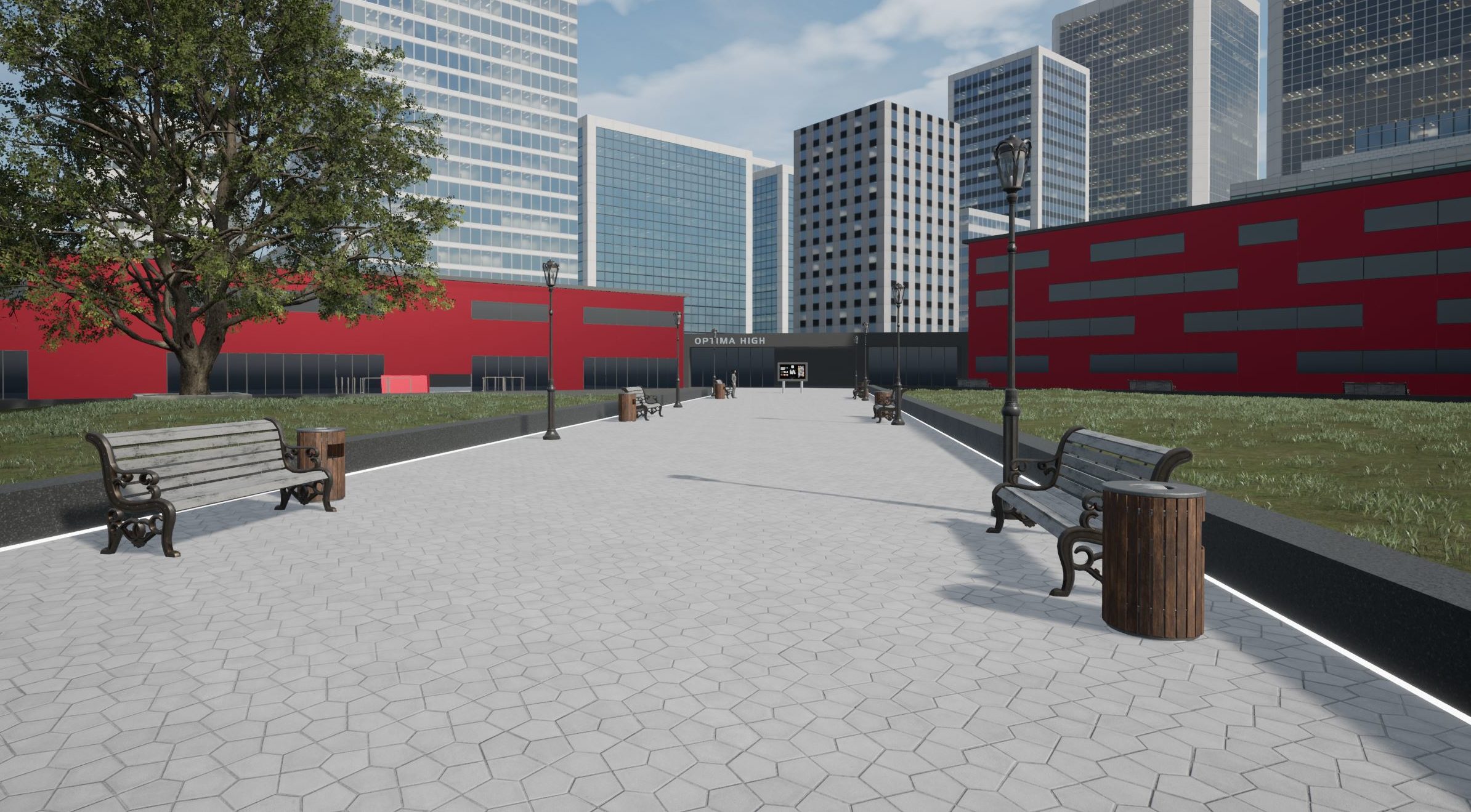
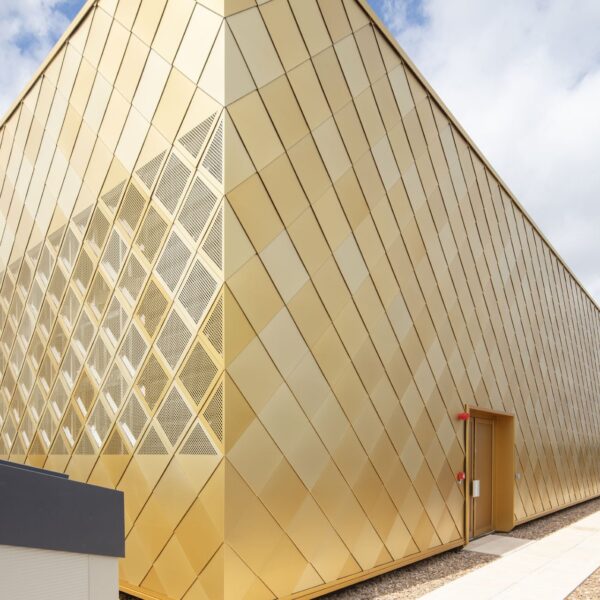
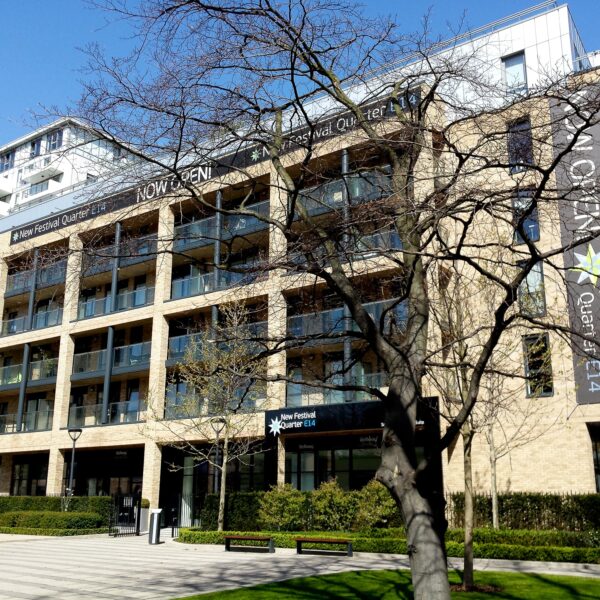
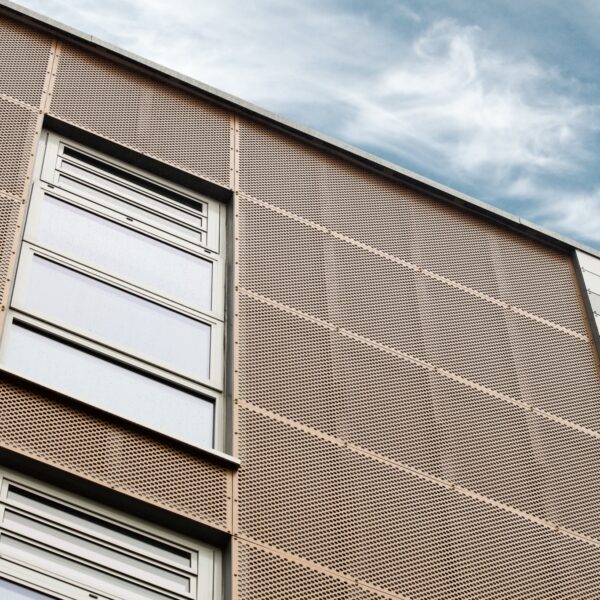
 No downloads in list yet.
No downloads in list yet.